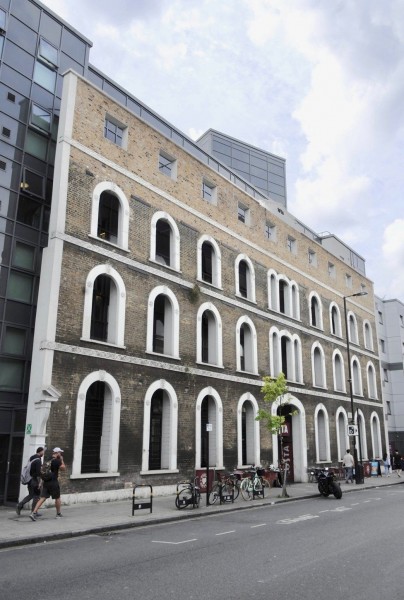
And finally, on Valentine’s Day, Persephone’s overall bestselling writer, Dorothy Whipple. We have published her eight novels and two volumes of short stories (there might be a third but they would be rather ‘scraping the barrel’) and this autumn we bring out her non-fiction diaries about her writing life, Random Commentary. Her last novel Someone at a Distance, which is Persephone Book No. 3 and also a Persephone Classic, would not be seen by academics ie. keepers of the canon as anything but a middlebrow woman’s novel; but in our view it is far more than that, profound about women and marriage and domestic life, as well as page-turning. Dorothy Whipple is the natural heir to Mrs Gaskell and will be seen as such one day; but goodness these things seem to take a long time.








 This photograph dates from 2016 when the former College East at Toynbee Hall was vandalised for a second time (the first time was in 1971) leaving a facade which has a new development behind it. Who can look at photographs like this without wanting to weep? Why, if we must build new buildings, can’t they be as well designed as those built by our ancestors? Well, clearly they can’t.
This photograph dates from 2016 when the former College East at Toynbee Hall was vandalised for a second time (the first time was in 1971) leaving a facade which has a new development behind it. Who can look at photographs like this without wanting to weep? Why, if we must build new buildings, can’t they be as well designed as those built by our ancestors? Well, clearly they can’t.





